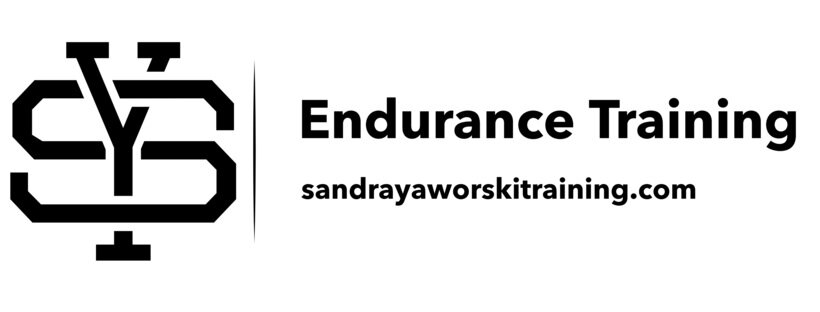I was recently at several coaching seminars and I was intrigued by something one coach indicated that was foundational to his coaching philosophy. It is something I have done informally with the athletes/clients I coach. The philosophy centers around Key Performance Indicators (KPIs) for the athlete. For the past couple of days, it has been on my mind. These are things that I think every distance/endurance athlete can use to measure themselves against the process of training.
Here is my take on KPIs that an athlete can adopt which center around the process.
1. Days missed. Consistency is key when it comes to endurance and running. As an athlete it is important to assess what you can commit to in terms of days of training per week. Hitting the days, you can commit to is better than missing days of training week over week. Goals and expectations need to align with what you can commit to.
2. Volume per week and volume per year. Getting better at distance running is not a short-term endeavour. It takes years to become stronger, faster, and better. Volume is better than intensity when you are a distance runner. Distance running is about building muscular endurance and fueling capabilities. We are training to create energy in the muscle. A consistent build over years is essential for longevity and building strength.
3. Maintenance of intensity in training. Keeping intensity in training is critical throughout the year. It becomes even more important as we get older (over 35 years of age). Use it or lose it. The volume of intensity must align with your volume of running as well.
4. Rating of training sessions by using Rate of Perceived Exertion (RPE) post workouts. With the GPS and social media era everything has shifted to pace and how fast one can run in training. This has caused many to lose sight of the purpose of a particular training session. Ranking the session by RPE and asking if the RPE matched the intention of the session can be the most important signal to overtraining, onset of sickness, and adaptation. Be honest about your effort.
5. Ownership of the process. As an athlete are you asking yourself, “what can I be doing”. This includes getting enough sleep, rolling, mobility, massage, timing of nutrition, keeping a training journal and communication with your coach.
I looked back on my own training diaries over the years and found that these were all measured and documented within my logs. No matter what level of athlete you are, these KPIs can be valuable in your development and create ownership in the process.


